Japanese weddings are a captivating blend of ritual and contemporary elegance. They seamlessly intertwine Shinto customs, Western influences, and evolving social values. Whether you’re attending a wedding in Japan or planning one rooted in tradition, this guide explores every element from sacred sake-sharing to designer dress rentals. Discover how modern Japanese couples celebrate love while honoring centuries of culture.
Legal Marriage vs. Ceremonial Celebration
In Japan, a couple is legally married when they submit a marriage registration form (婚姻届, kon’in todoke) to the local city office. This administrative act does not require a ceremony. Weddings whether traditional or modern are symbolic celebrations held separately and are not legally binding. Understanding this distinction helps clarify the significance of the ceremonial elements described below.
Traditional Wedding Ceremonies: The Sacred Bond
At the heart of traditional Japanese weddings lies the Shinto-style ceremony conducted by a Shinto priest in the presence of ancestral kami (deities). The most iconic ritual is the san-san-kudo where the bride and groom take three sips each from three sake cups, symbolizing their union and the joining of their families.
- Sankon no gi: This “Three-three-nine-times” ceremony is one of the most significant rites in a Shinto wedding. The couple alternately drinks from three differently sized sake cups, each taking three sips. The act represents the mutual vows of the couple and spiritual unity of their families.
- Purification rites: Before the ceremony begins, the bride and groom undergo a ritual purification conducted by a Shinto priest. This symbolic cleansing removes spiritual impurities and prepares them to enter into marriage with a clean and sacred heart.
- Sakaki branches: Sacred evergreen branches are offered to the kami as a gesture of respect and gratitude. The couple presents the branches at the altar, praying for blessings, protection, and harmony in their marriage.
- Taian days: According to the six-day Japanese calendar system known as rokuyō, “Taian” is considered the luckiest day to hold a wedding. Couples and families often plan their ceremony months in advance to secure this auspicious timing.

Modern Adaptations and Cultural Blending
Most weddings in Japan today are not strictly traditional. Couples often combine Western-style ceremonies complete with white gowns, veils, and ring exchanges with Japanese rituals like the san-san-kudo. This cultural blending reflects both personal values and a desire to honor heritage.
- Christian-style chapels: Despite being non-religious many couples choose chapel weddings for their romantic aesthetic and structured format. These ceremonies often mimic Western customs, with a faux minister, organ music, and vow exchange.
- In-house wedding planners: Hotels and wedding venues often offer curated packages that blend Western and Japanese elements seamlessly making it easier for couples to design a culturally balanced celebration.
- Dress changes: Brides may change outfits up to five times during the event symbolizing transition and personal expression. Each outfit from kimono to cocktail dress marks a different phase of the day.
Pre-Wedding Rituals and Betrothal
Before the wedding comes the ceremonial engagement or yuinou, where symbolic gifts are exchanged between families to confirm the union. These items are carefully chosen for their auspicious meanings and are presented with formal etiquette.
- Katsuobushi (dried bonito): Traditionally included in the engagement gifts this hard, fermented fish symbolizes resilience and a strong marriage as it is difficult to break and long-lasting in storage.
- Suehiro (fan): The fan which opens out wide represents a wish for the couple’s future to open and flourish. It’s a common symbol of prosperity used in weddings and other life celebrations.
- Tomoshiraga (white hemp): White threads or hemp strands symbolize the hope that the couple will grow old together with white hair signifying a long, peaceful life side by side.
- Fukusa: A finely embroidered silk cloth used to wrap engagement gifts fukusa not only protects the contents but also serves as an expression of thoughtfulness and respect in formal gift exchanges.
Some couples still engage in omiai a formal, arranged meeting set up by families or marriage agencies. While love-based marriages (ren’ai) dominate today, omiai remains a valued tradition in some circles particularly when social status or family business legacy is involved.

Wedding Attire and Dress Changes
Japanese weddings feature a spectacular array of traditional and modern garments. Brides often wear multiple outfits signifying different aspects of the marriage journey.
- Shiromuku: A pure white wedding kimono worn during Shinto ceremonies representing the bride’s willingness to be “dyed” by her husband’s family.
- Wataboshi and Tsunokakushi: Headpieces meant to veil pride or conceal symbolic horns of jealousy, signs of humility and marital harmony.
- Iro-uchikake: A vibrant over-kimono worn during the reception, often with cranes or floral motifs representing good fortune.
- Western gown: Brides frequently change into a Western-style dress. Rental services are popular and allow for multiple outfit changes during the day.
Grooms typically wear a montsuki (black kimono with family crest), hakama trousers, and haori jacket or a Western tuxedo for Western-style ceremonies.
Reception Customs and the Nijikai
The kekkon hiroen (wedding reception) is a formal event with speeches, a seated meal, and expressions of gratitude.
- Bosses’ speeches: Workplace hierarchy is respected with formal speeches from the couple’s superiors. These messages are often heartfelt and dignified, reflecting both personal warmth and social formality.
- Bride’s letter and bouquet: A deeply emotional reading by the bride to her parents, followed by presenting bouquets to both sets of parents. This is often the most moving part of the day.
- Formal meal: A multi-course banquet featuring premium Japanese cuisine often tailored by season and region. Attention to detail is paramount.
Following the main event, the nijikai (afterparty) allows guests especially younger friends to relax. It’s typically held at a bar or karaoke lounge and may include games, drinking, and more casual entertainment.
Gifts and Gift-Giving Traditions
Gift etiquette is an essential part of any Japanese wedding. Guests are expected to follow strict rules regarding presentation and monetary value.
- Goshugi: Guests give monetary gifts in crisp new bills inside a shugi-bukuro, an ornate envelope decorated with gold or silver mizuhiki cords. The amount varies depending on the relationship and usually ranges from ¥30,000 to ¥100,000.
- Hikidemono: Guests receive return gifts, such as fine tableware, sweets, or catalogs. These thank-you gifts are carefully curated and personalized.
- Kinpo-zutsumi: A ceremonial folding method for cash gifts, adding elegance and cultural weight to the gesture.
Etiquette requires that envelopes be hand-delivered upon arrival at the reception. Avoiding used bills shows sincerity and respect.

Roles of Family and Guests
Japanese weddings prioritize family bonds and social roles. The event is as much about uniting families as it is about celebrating the couple.
- Parental recognition: The emotional climax of many weddings is the bride’s letter to her parents often accompanied by tears and applause from guests.
- Guest dress code: Men wear dark suits; women opt for modest formalwear (never white). Shoulders should be covered and subtle accessories are preferred.
- Seating hierarchy: Guests are seated by social order, with VIPs (company bosses, family elders) near the couple and friends further away.
Photography and Commemoration
Professional photography is a key part of Japanese weddings often conducted in a studio before the ceremony. These images are carefully staged and retouched to perfection.
- Formal portraits: Studio shoots often include multiple costume changes. The bride may pose in kimono, dress, and casual attire to document her transformation.
- Regional marriage certificates: Some local governments issue artistic versions of official marriage documents featuring local landmarks or seasonal imagery treasured keepsakes alongside photo albums.
Regional and Evolving Traditions
Weddings in Japan vary by region. Some rural areas still observe multi-day celebrations or feature local specialty gifts like Hida beef or handmade crafts. Urban weddings tend to be shorter and more stylized often at luxury venues. Many modern couples skip the ceremony altogether and opt for overseas photo shoots or minimalist city hall registrations.
Tips for Foreign Guests Attending a Japanese Wedding
- Bring a goshugi: Check the expected amount with other guests if unsure and always use crisp bills in a proper shugi-bukuro.
- Dress respectfully: Avoid white, revealing clothes, or flashy accessories. Men should wear a dark suit and tie.
- Follow etiquette: Arrive on time, bow politely, and avoid overt displays of affection during the ceremony.

Experience the Tradition at MyJapaneseWorld.com
At MyJapaneseWorld.com, you’ll find a curated collection of artisan-made home goods and traditional gifts perfect for weddings and anniversaries. From lacquerware to sake sets, explore timeless expressions of Japanese culture and craftsmanship ideal for gifting, celebrating, or simply cherishing.


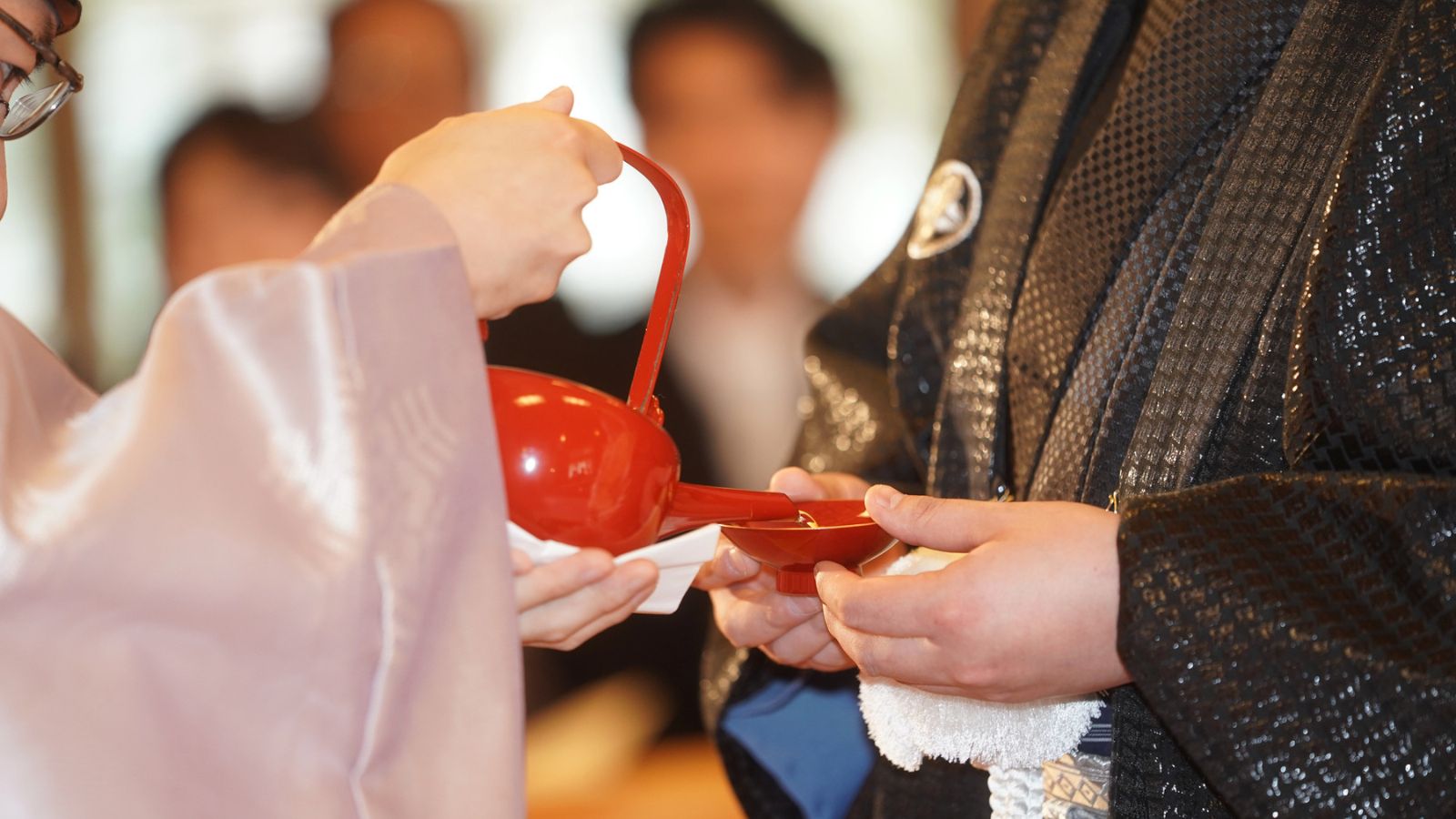
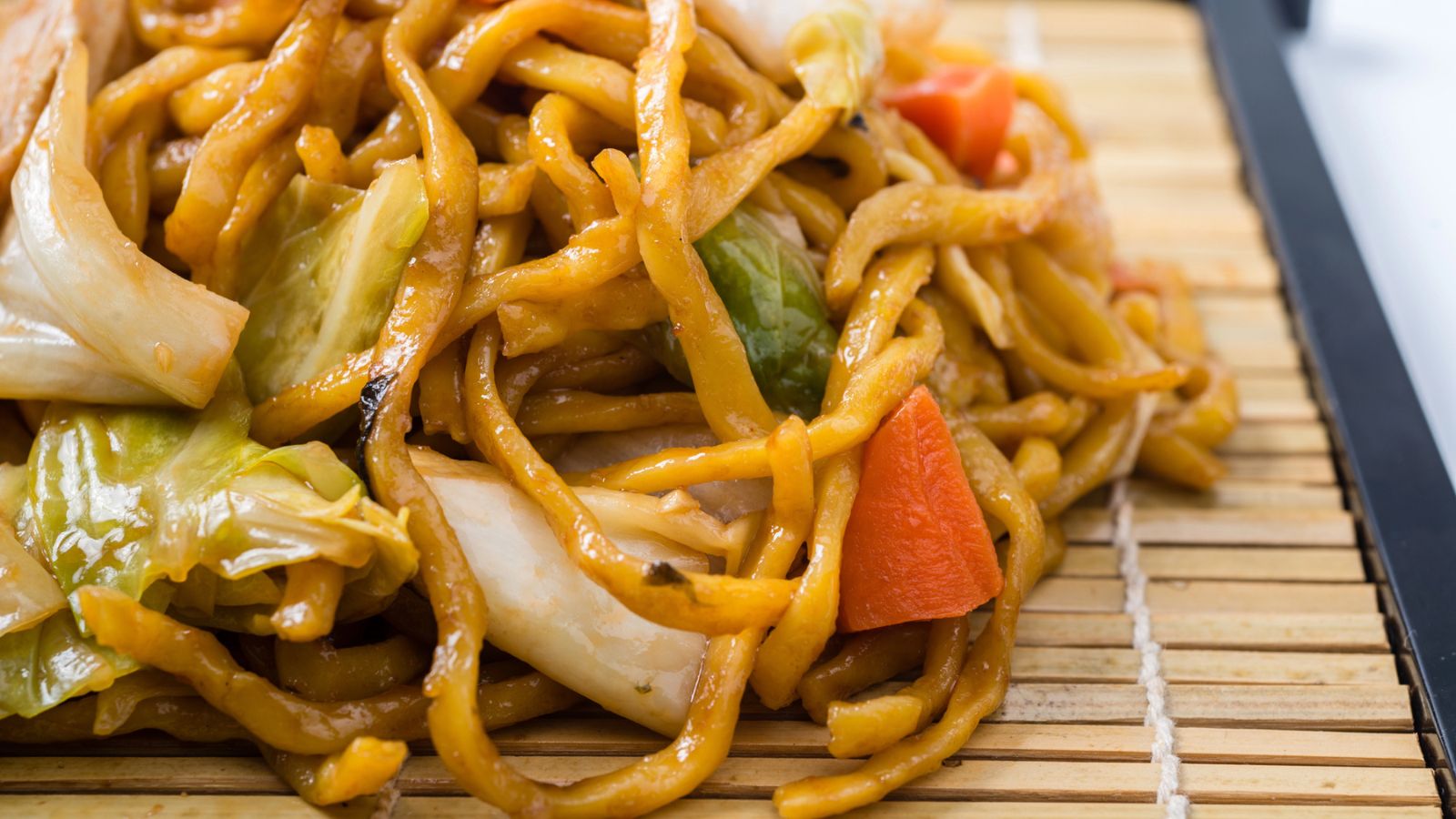
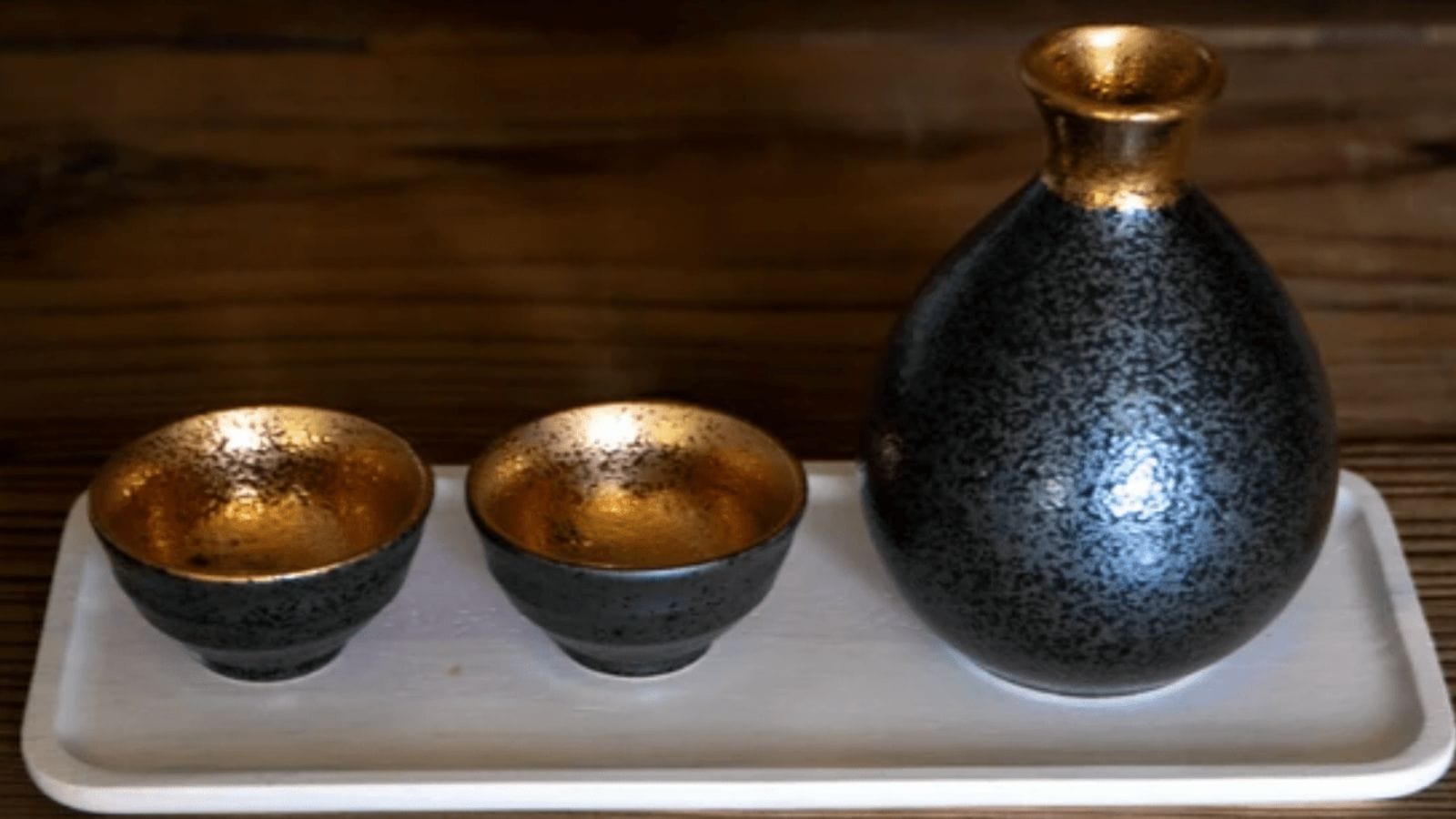
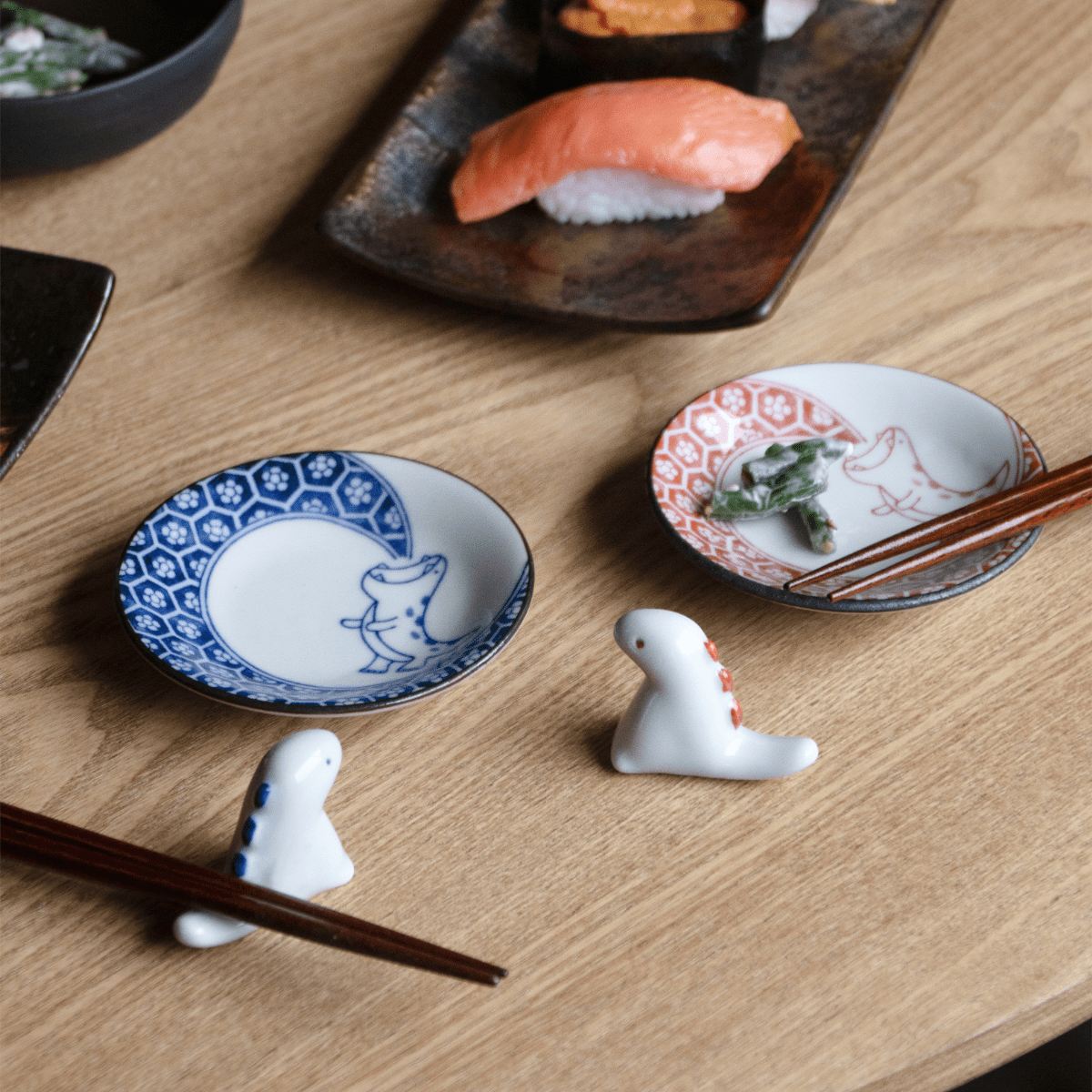
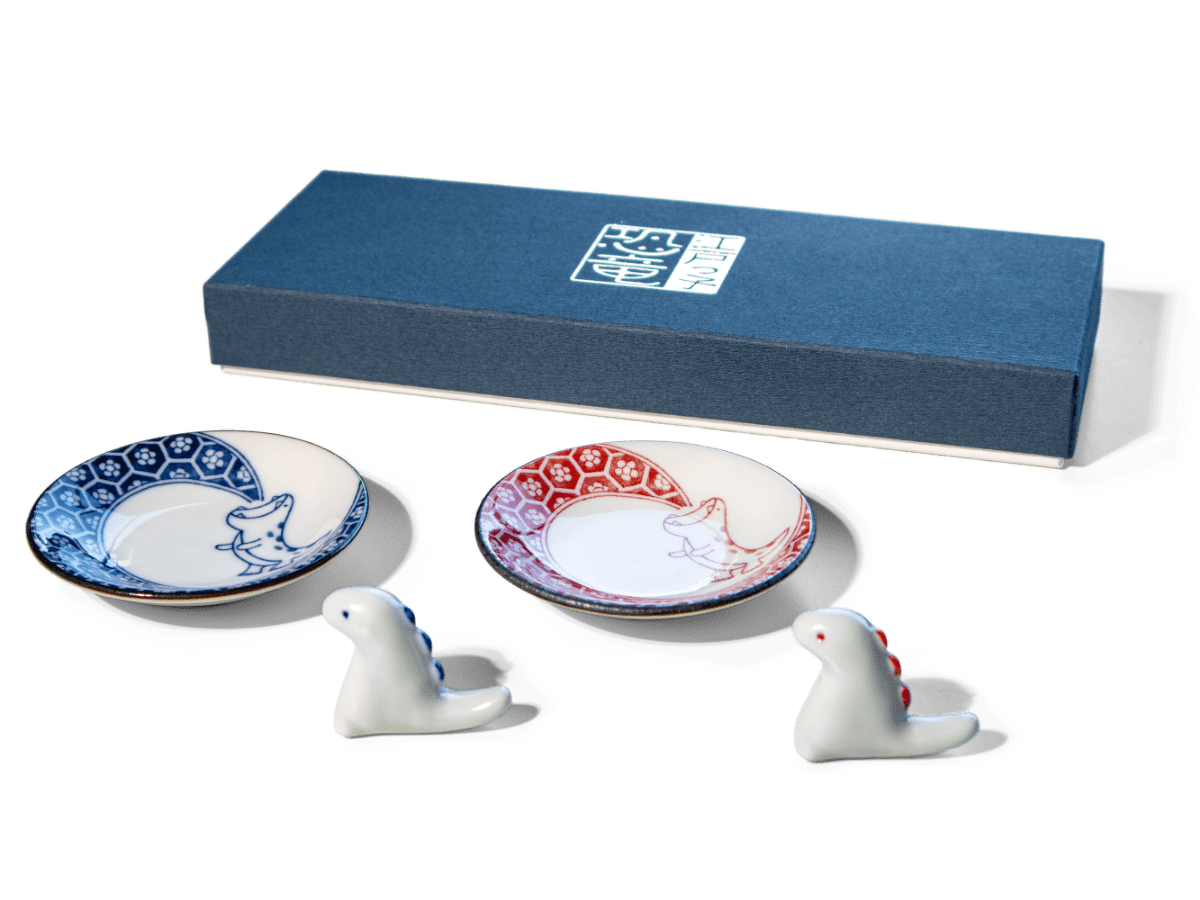
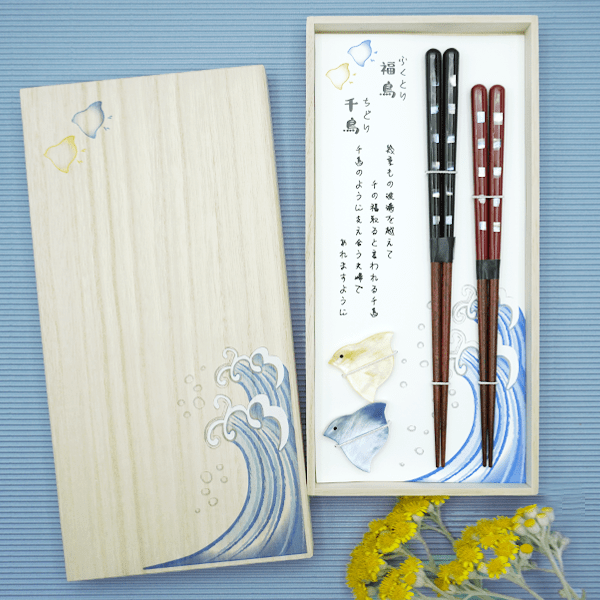
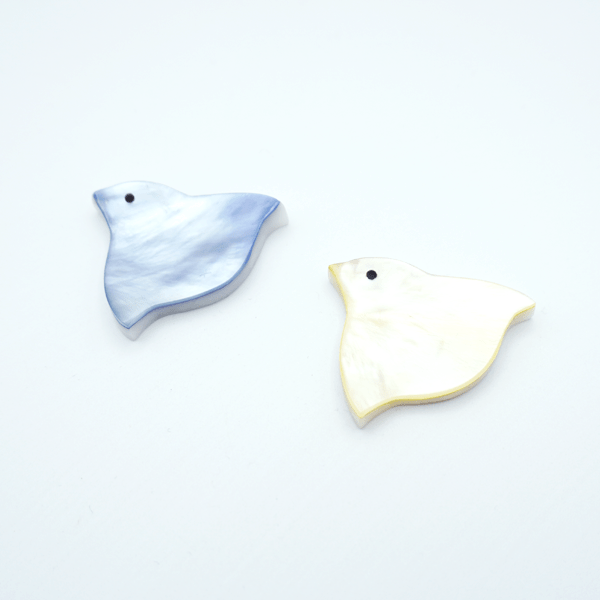
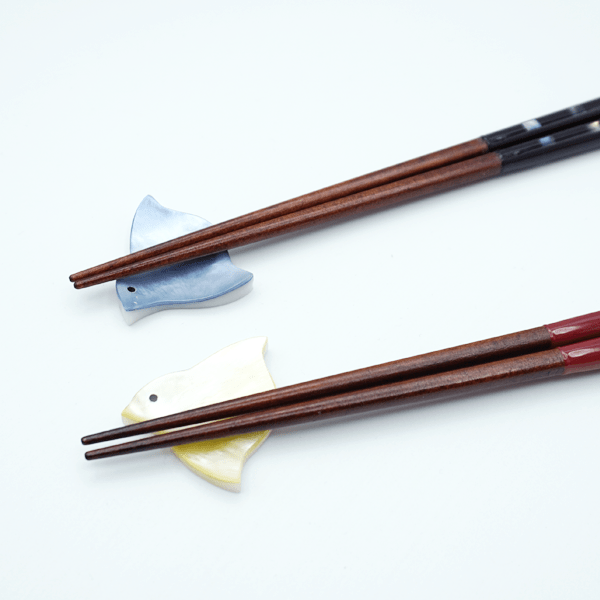
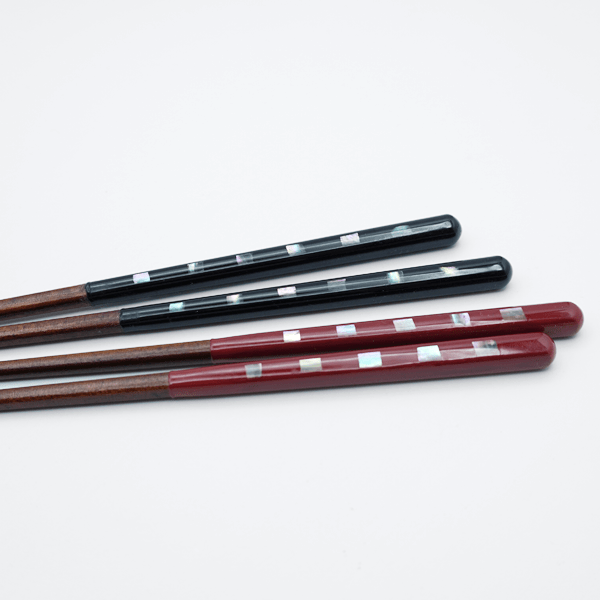
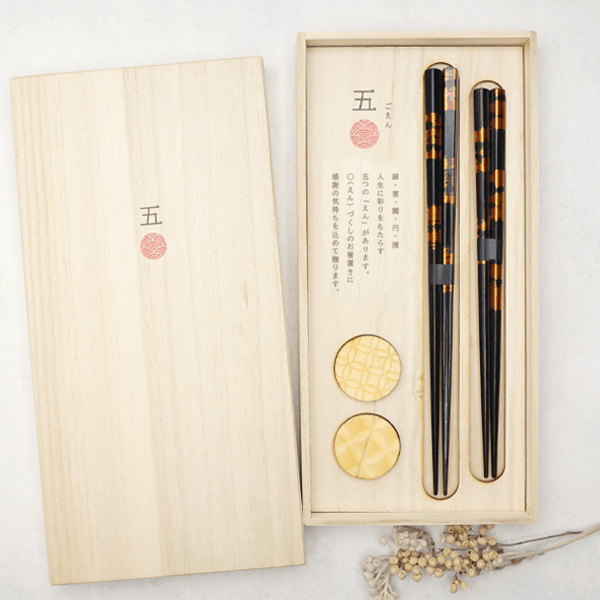
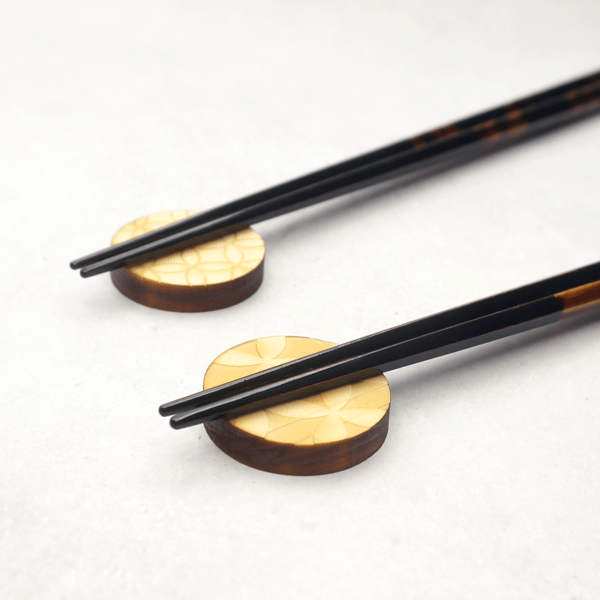
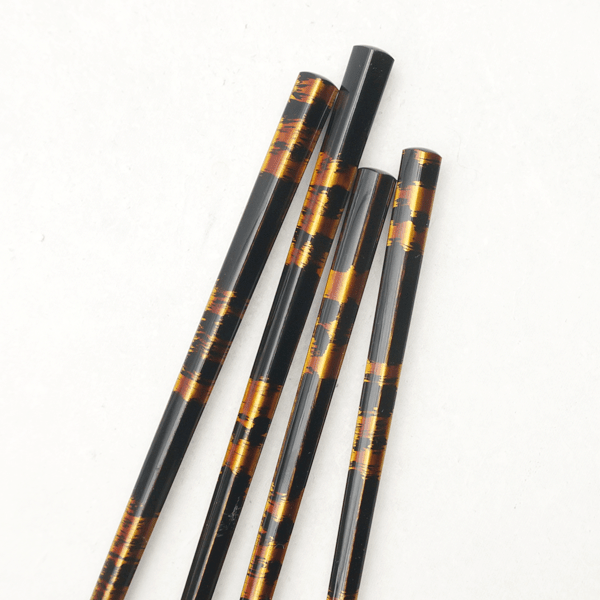
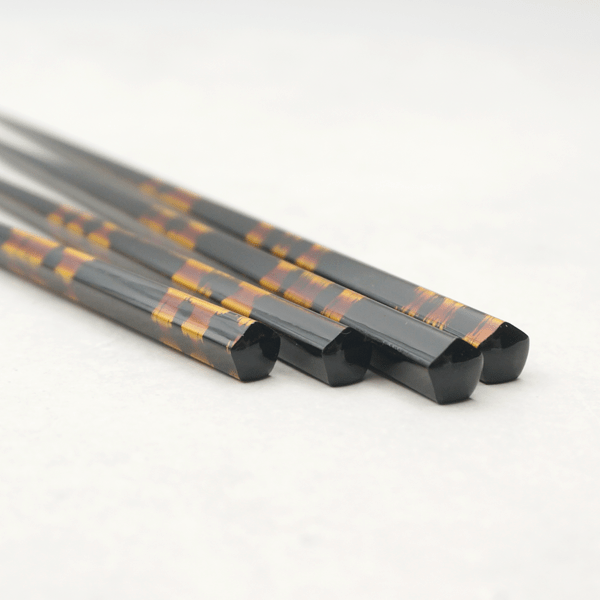
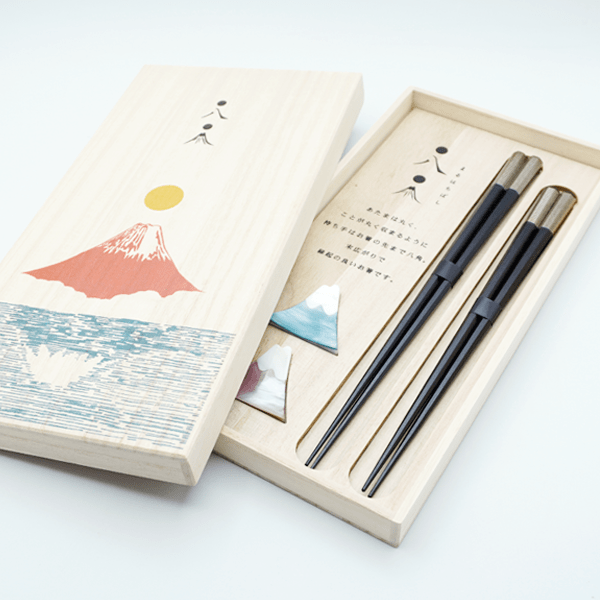

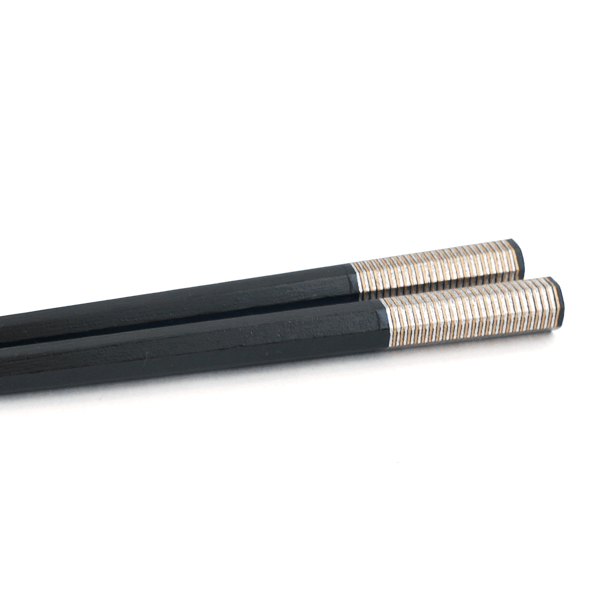
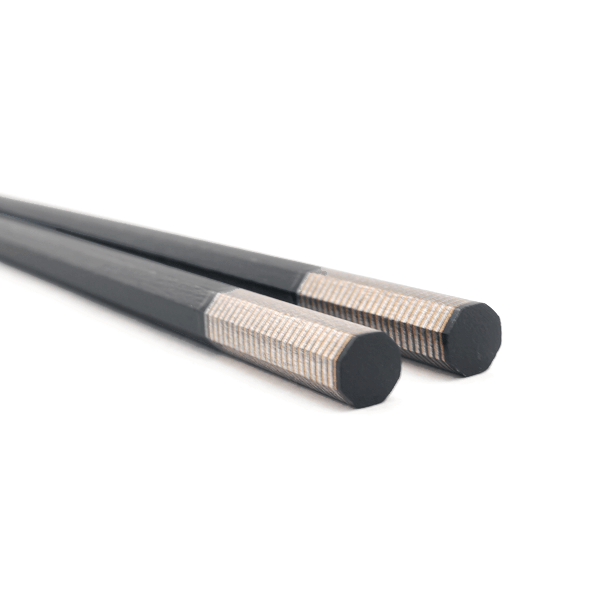


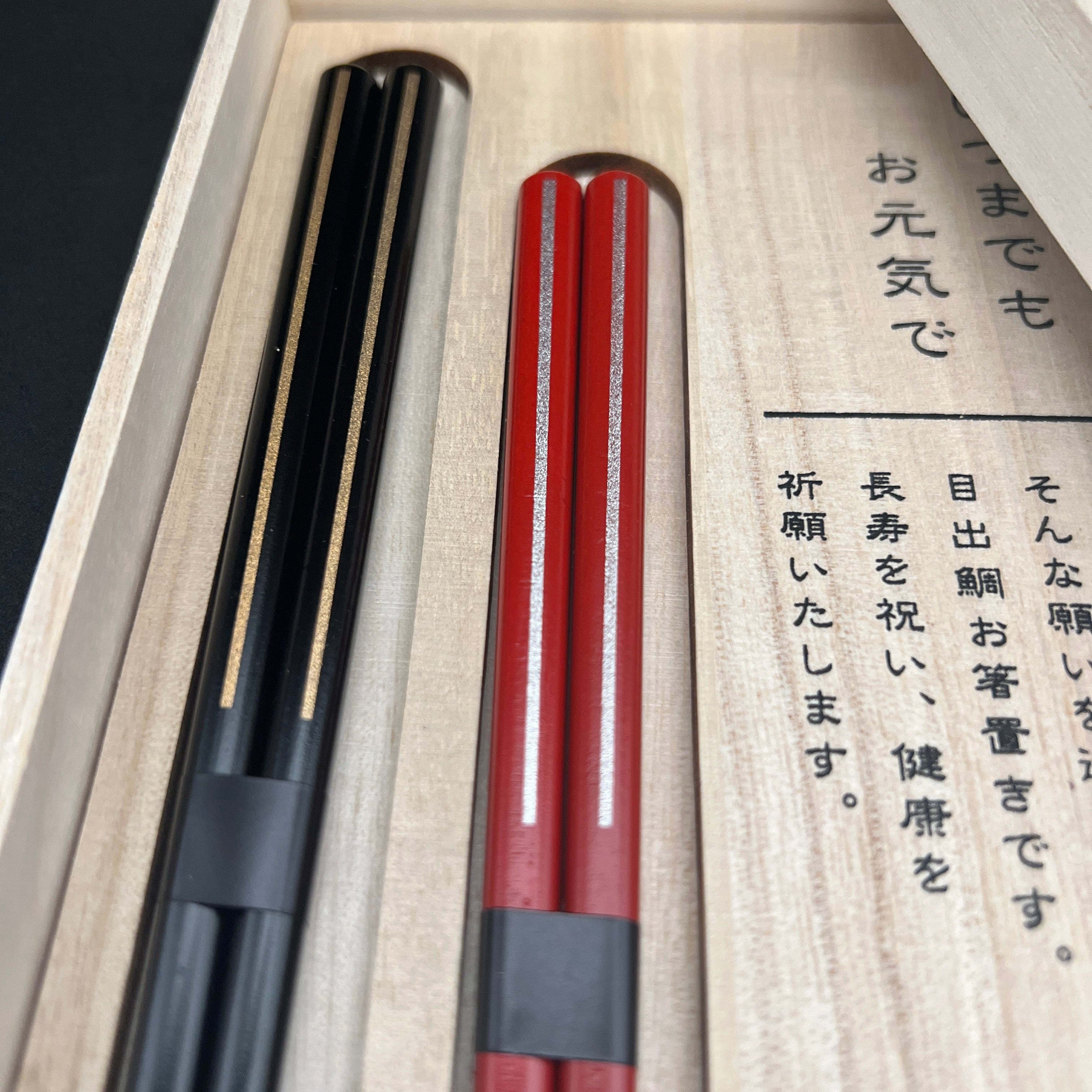

Share: